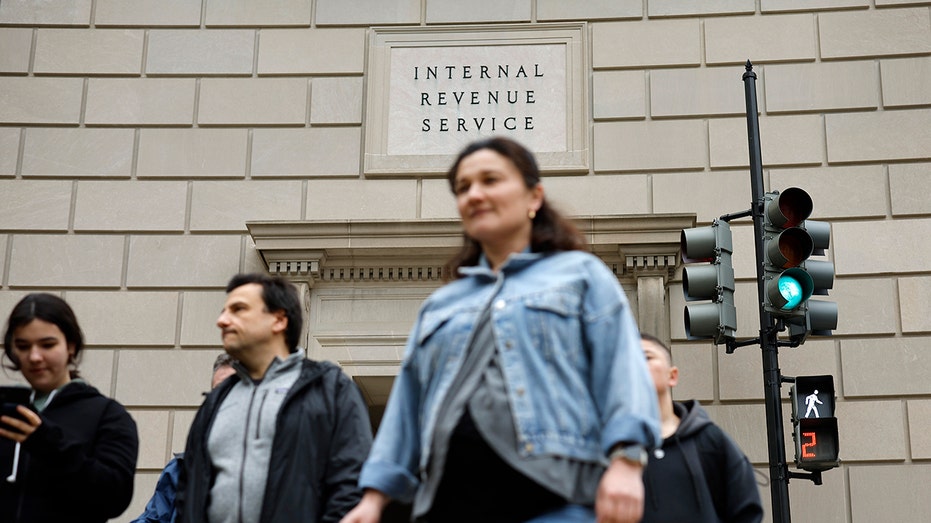How much of your tax money goes toward servicing the US national debt?
Interest costs on US national debt consuming bigger portion of income taxes
Interest on the U.S. national debt has grown so rapidly that it is now consuming nearly half of all individual personal income taxes.
So far this fiscal year, about 39 cents of every dollar paid in individual income taxes has gone toward paying down the interest on the debt, according to new calculations published by the Committee for a Responsible Federal Budget.
The problem may soon get worse.
"If federal finances continue on their current path, we are only a few years from the entirety of income taxes being needed to finance the debt," said EJ Antoni, a research fellow at the Heritage Foundation.
US NATIONAL DEBT TRACKER FOR APRIL 12, 2024: SEE WHAT AMERICAN TAXPAYERS (YOU) OWE IN REAL TIME
Interest payments on the national debt are the fastest-growing part of the federal budget – and are poised to leapfrog both Medicare and defense spending in 2024, according to new projections published by the Congressional Budget Office (CBO).

Tourists walk past the headquarters of the Internal Revenue Service near the National Mall on April 7, 2023, in Washington, D.C. (Chip Somodevilla / Getty Images)
Payments are expected to triple from nearly $475 billion in fiscal 2022 to a stunning $1.4 trillion in 2032. By 2053, the interest payments are projected to surge to $5.4 trillion.
As a share of the economy, total interest on the national debt is projected this year to hit a record 3.1% of GDP, which is the broadest measure of goods and services produced in the country. That percentage is expected to surge to 3.9% by 2034.
"You can think of the increase in net interest payments as two-thirds resulting from higher rates and one-third as a result of the amount of debt," CBO Director Phillip Swagel told reporters in February.
For years, the U.S. has been able to borrow cheaply as interest rates have remained historically low. However, as the federal funds rate has increased, so have short-term rates on Treasury securities, making federal borrowing more expensive.
US NATIONAL DEBT TOPS $34T FOR FIRST TIME IN HISTORY
The Federal Reserve raised interest rates 11 times in the span of just 16 months, lifting rates to the highest level since the 2008 financial crisis. Policymakers have since signaled that they are finished tightening policy and are planning to cut rates later this year, though they have not provided a timeline on when that may happen.

Federal Reserve Chair Jerome Powell speaks during a news conference at the Federal Reserve in Washington, D.C., on May 3, 2023. (Saul Loeb / AFP / Getty Images)
CLICK HERE TO READ MORE ON FOX BUSINESS
The national debt topped $34 trillion in January after a burst of spending by President Biden and Democratic lawmakers and is well on its way to surpassing $35 trillion.
As of September 2022, Biden had already approved roughly $4.8 trillion in borrowing, including $1.85 trillion for a COVID relief measure dubbed the American Rescue Plan and $370 billion for the bipartisan infrastructure bill, according to the Committee for a Responsible Federal Budget, a group that advocates for reducing the deficit.
While that is about half of the $7.5 trillion that former President Donald Trump added to the deficit while he was in office, it is far more than the $2.5 trillion Trump had approved at that same point during his term.
Biden has repeatedly defended the spending by his administration and boasted about cutting the deficit by $1.7 trillion.
